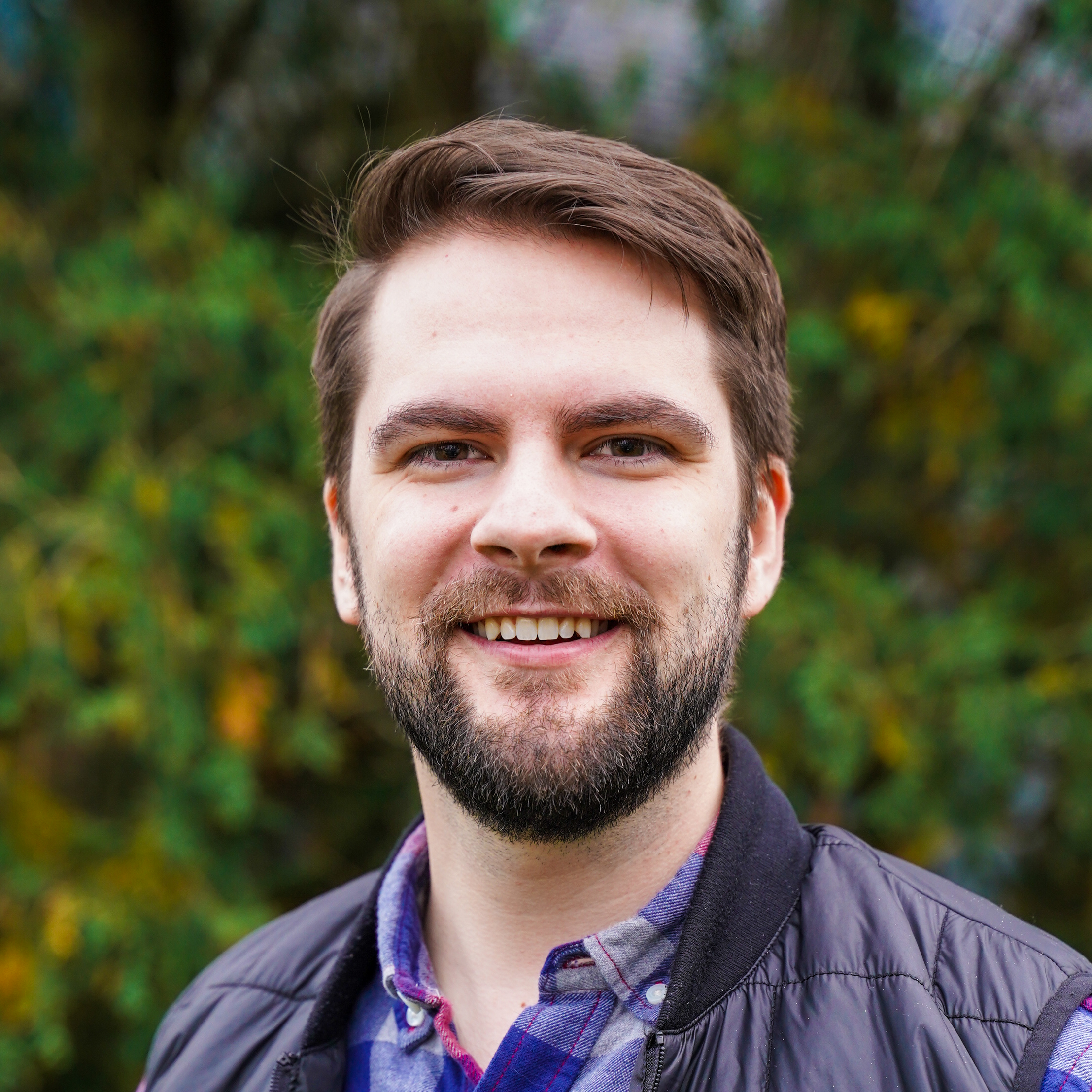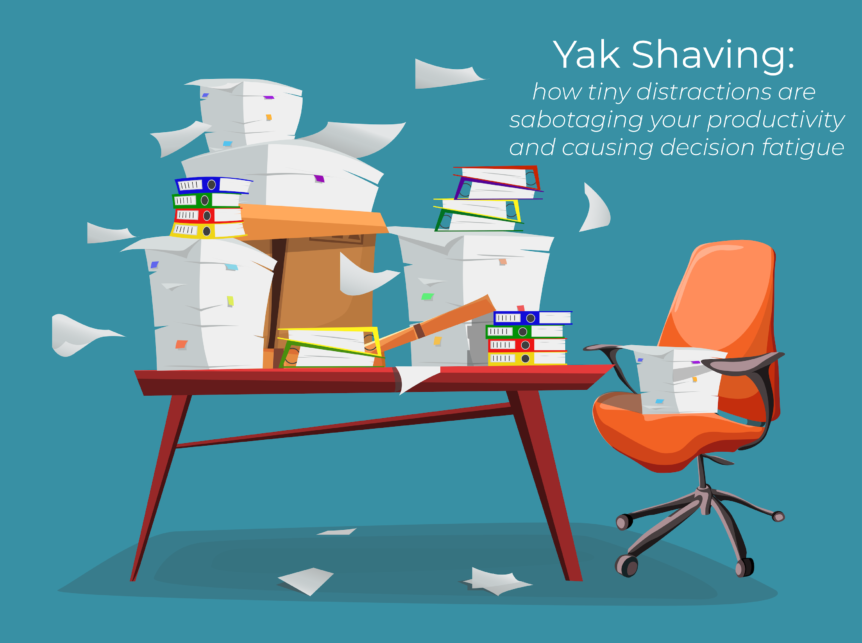…or maybe just try to shave fewer of them?
I recently learned of the term “shaving yaks”, which is essentially this scene from Malcolm in the Middle.
When you set out to do something and end up falling down a rabbit hole, you’re shaving a yak. Sometimes it’s fun, but more often, it’s distracting. If I had shaved fewer yaks as a graduate student, I probably would have finished graduate school a year earlier (but that’s a story for another day).
Every industry has its own version of yak shaving, and nutrition research is no exception. Anyone who reads scientific papers regularly probably starts shaving their first yak by the start of the methods section.
But it’s fine, right? Everyone does it. It’s part of the scientific process.
Yes, but often, it’s a huge time-sink that keeps you from doing your best work. Let’s go into a real problem everyone who needs to design a trial has probably faced: determining sample size.
To properly determine sample size, you should do a power analysis

For power analysis, you need to have an estimate of the mean and standard deviation of your result. So you open PubMed and start searching for numbers to use as placeholders. You find an abstract that looks promising and go to grab the full-text – but there’s a paywall and you need to log into your institution for access.
Login requires 2-factor authentication, and your phone is in the other room.
Get your phone, finish 2-factor authentication, and go to download the paper to your reference manager. The browser plugin for your reference manager needs to be updated, and this point, you’re feeling the first pangs of frustration about what should have been a simple task. Once the plugin is updated, you download the paper and go to the results. Shoot, the outcome you care about is only represented in the figures because of course it is. Eyeball the mean and the error from the figure and open a quick power calculator. Wait – was the error bar the standard error of the mean or standard deviation? Better go double-check. They didn’t report it!?! How could they not report it!?!
Now you have to find a different paper.
You go to the next paper and finally find a mean + SEM that you can use in your power analysis. You decide to quickly check the methods to see how they analyzed the outcome and see the dreaded “Methods are described in detail at [our other paper]” Fine. You look for the older paper they cite. “Methods are described in detail at [our other other paper]” because of course they are. Now you’re three papers deep, trying to figure out the methods. The third paper finally describes them, but the method used is outdated. You want to use a modern method.
Your calendar sends an alert – the trial budget meeting starts in 5 minutes!
Can’t go into that unprepared – go back to your power calculator and quickly enter your estimates. At the meeting, your colleague asks about how many samples you need. Your rushed power analysis says you need 1000 subjects – that can’t be right, can it? Annoyed, you tell your colleague you need to double-check your results and start the whole process over again. In the meantime, you’ve got a few emails that demand your attention. That’s okay, you’ll do the power analysis again later…
Can you relate?
This is honestly one of the simpler examples of yak shaving. Can you imagine how more complex problems lead to furrier yaks? You should probably buy some new clippers, but corded or cordless? Better check the reviews…
What’s a scientist to do?
We can probably agree that science takes what it takes. There aren’t a ton of ways to immediately speed up the process, aside from more money and more people. However, a few skills help me keep my yaks to a minimum:
Be mindful
Make sure you are asking yourself “why?” at every stage of your research effort. Keep your eyes on the goal and cut out the steps that don’t help you achieve it.
Minimize pilot trials
How many times have you left a live-research project with fewer questions than you had going in? I’ll put my money on rarely. This might sound heretical but avoid running actual trials if possible, many questions can be answered with existing research. For example – if you don’t have enough money to fund the estimated sample size, then no amount of planning is going to help. Let real-world constraints focus your efforts.
Ask SMART questions
Specific, Measurable, Attainable, Relevant, and Timely, that is. This keeps your search results-focused. “Are eggs good for your heart?” is harder to answer than “does dietary intake of 1 egg per day for 1 month reduce the incidence of heart disease in adults?”. Pick the question that narrows your focus.
Solve 1 problem at a time
It’s easy to get caught up in romantic ideas about scientific discovery and repeatedly ask “What if…?” but there will always be more questions than answers. Save them for hypothesis generation and focus on the task at hand. Ask 1 question at a time. If you answer it quickly then congratulations! You get to move onto something more important or ask another question.
Avoid distractions
Give yourself the gift of deep work. This is something we prioritize at Traverse, and I’ve been very happy with the results. Book time on your calendar so that it doesn’t get filled with meetings during your work time. Close email, set “do not disturb” on your phone, and get rid of all of those extra browser tabs competing for your attention.
Minimize multi-tasking
For some this might feel impossible, but if you can focus on the above recommendation to solve one problem at a time and avoid distractions, you’re most of the way there.
Delegate, delegate, delegate
If you’re part of a team, commit to prioritizing the work that only you can do. Maximize your talents by giving your attention to the work where you have the most impact. Do your fair share, of course (no passing off that grunt work to an equal)! If you’re a solo operation, delegate whatever tasks you can to the “tired” you and prioritize the deep-thinking tasks for when you are at your best. For instance, if you do your deep thinking best in the afternoons, set aside time in your morning to complete the more menial tasks that don’t require your full capacity.
Outsource
Can another person or group solve your problem entirely? If yes, it might be a good idea to just let them do it for you, so you can spend your time on the things that only you can do.
We hope this helps you shave fewer yaks.
 About the author: Stephen Fleming is the CEO and Co-founder of Traverse Science. He believes science doesn’t have to be hard and should accelerate business, not slow it down. G*Power is his favorite power calculator. He has a background in neuroscience and nutrition from the University of Illinois at Urbana-Champaign where he studied oligosaccharide intake and brain development for his PhD. If you want to learn more, follow him and Traverse Science on LinkedIn, and connect with us at engage@traversescience.com
About the author: Stephen Fleming is the CEO and Co-founder of Traverse Science. He believes science doesn’t have to be hard and should accelerate business, not slow it down. G*Power is his favorite power calculator. He has a background in neuroscience and nutrition from the University of Illinois at Urbana-Champaign where he studied oligosaccharide intake and brain development for his PhD. If you want to learn more, follow him and Traverse Science on LinkedIn, and connect with us at engage@traversescience.com



